Don't miss our holiday offer - up to 50% OFF!

2025 Ultimate Guide: How to Maximize Your Performance with the Titleist GT Driver
The Driver That’s Redefining Tee Box Confidence
Let’s face it—when it comes to the driver, most golfers have a love-hate relationship. It’s the club we all want to hit the furthest, but it’s also the one that can wreck your front nine in just a few swings. That’s exactly why the launch of the Titleist GT Driver has been such a game-changer in 2025. Not just because it promises more distance or forgiveness (every brand claims that), but because the GT actually delivers on the total driving experience: speed, accuracy, adjustability, and most of all—confidence.
This isn’t just another update to a tour-proven driver. The GT lineup represents a bold leap forward from the much-loved TSR series, combining a decade of innovation into a cleaner, faster, and more customizable package. Whether you’re chasing 300-yard bombs or just trying to hit more fairways, the GT can absolutely transform how you approach the tee box.
In this complete guide, I’ll walk you through:
- What makes the Titleist GT Driver so unique
- How the tech actually affects your game (without the jargon)
- Which GT model is right for your swing
- Real-world feedback from golfers who’ve gamed it
- Setup tips and customization tricks
- And whether it’s really worth the upgrade from your current gamer
Whether you’re a weekend warrior or a low-handicapper, this guide will help you unlock the GT’s full potential—and maybe even fall in love with your driver again.
🏌️♂️ Looking to check out the GT lineup directly? You can explore all current GT models and specs on the official Titleist driver page here.
Meet the Titleist GT Driver: What Makes It So Special?
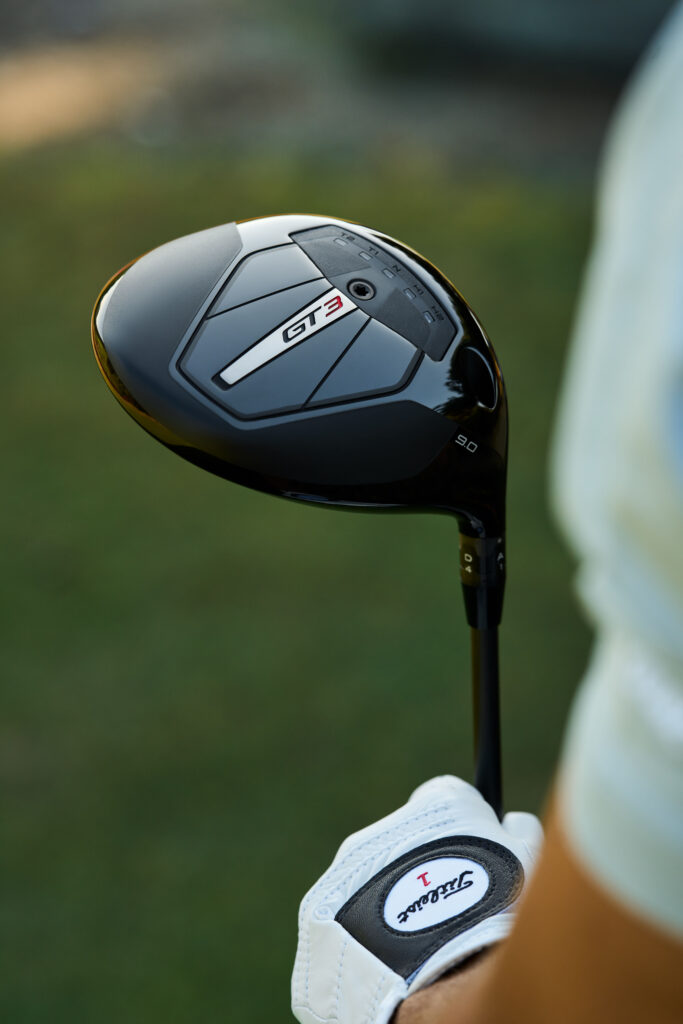
The Titleist GT Driver isn’t just a natural evolution of the acclaimed TSR series—it’s a reimagined driver family built for speed, control, and total swing confidence. Titleist has long been known for prioritizing precision over gimmicks, and with the GT lineup, they’ve managed to blend their classic design DNA with cutting-edge adjustability and aerodynamic tech that genuinely performs across a wide range of player types.
For 2025, the GT series includes a spectrum of models—each tailored to different swing dynamics:
- GT2: The most forgiving model with high MOI and low spin—designed for players who want stability and distance without working too hard.
- GT3: The “player’s model” with more workability, a slightly compact profile, and a mid-spin trajectory. A favorite among skilled ball-strikers and low handicappers.
- GT4 (rumored or limited release in some markets): A low-spin, tour-inspired head for aggressive swingers who prioritize ball speed and shaping ability.
From address, each head has a clean, refined aesthetic—matte black crown, no distracting lines, and a shape that inspires confidence without shouting for attention. It’s unmistakably Titleist.
Where the GT line really shines is in the feel and control. Thanks to strategic CG repositioning and subtle refinements to the face architecture, the GT delivers a more stable launch and tighter dispersion. That means fewer surprise hooks or balloon fades—even if your swing isn’t perfect.
And let’s talk about sound for a second. It might seem minor, but the acoustic feedback of the GT is noticeably satisfying—muted but powerful. That “crack” when you find the center? Addictive. It’s a small detail, but one that adds to the overall confidence you feel standing over the ball.
Compared to the previous generation TSR, the GT feels more refined and confidence-inspiring across the board. Better aerodynamics, more adjustability, improved launch characteristics—it’s a complete package.
🎯 Want to compare the GT line with previous models? Titleist has a full breakdown of the GT vs. TSR performance data on their fitting tool here.
In short: if the TSR was about speed and feel, the GT is about mastery. You don’t just swing it—you trust it. And that’s a huge deal when the pressure’s on, especially on narrow fairways or into the wind.
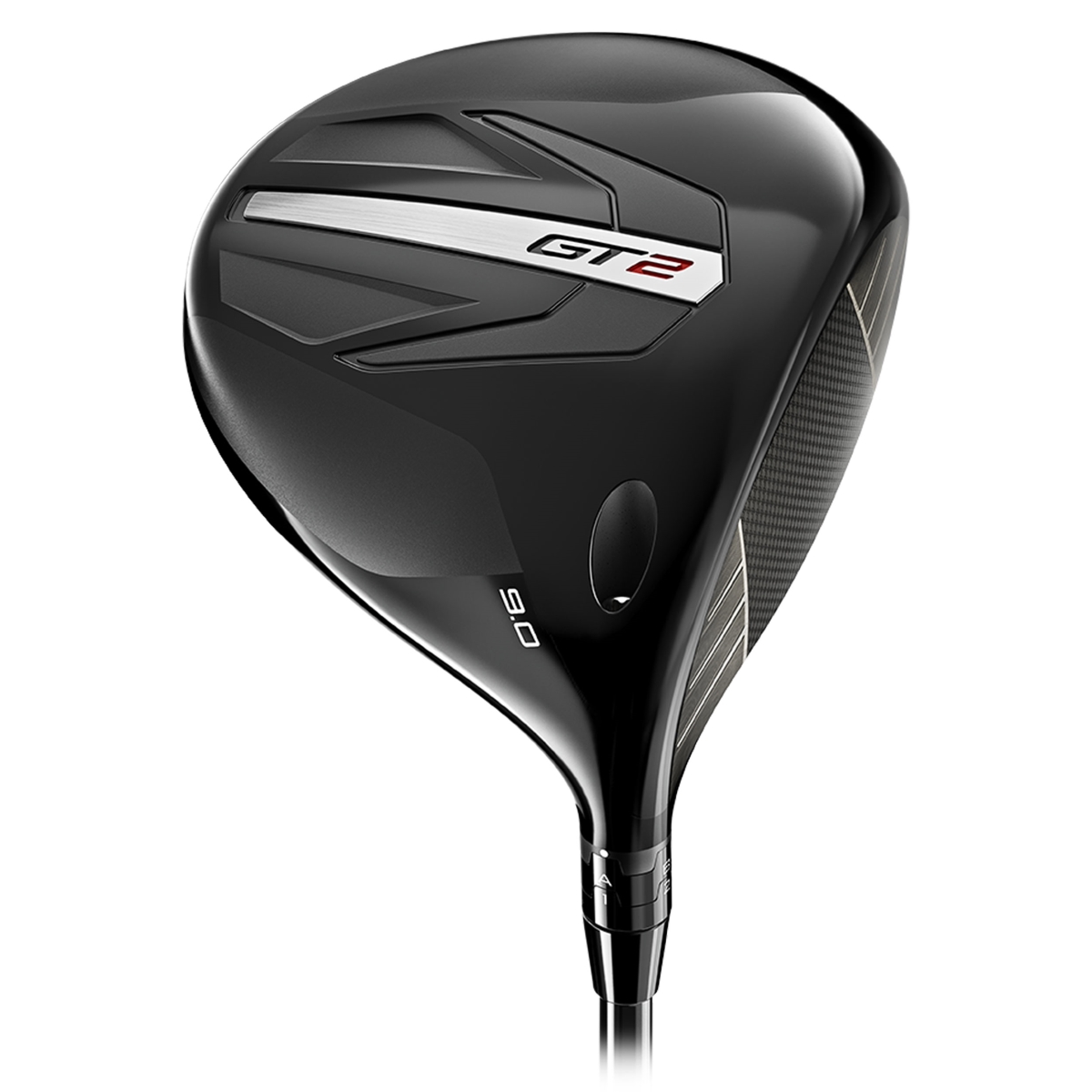
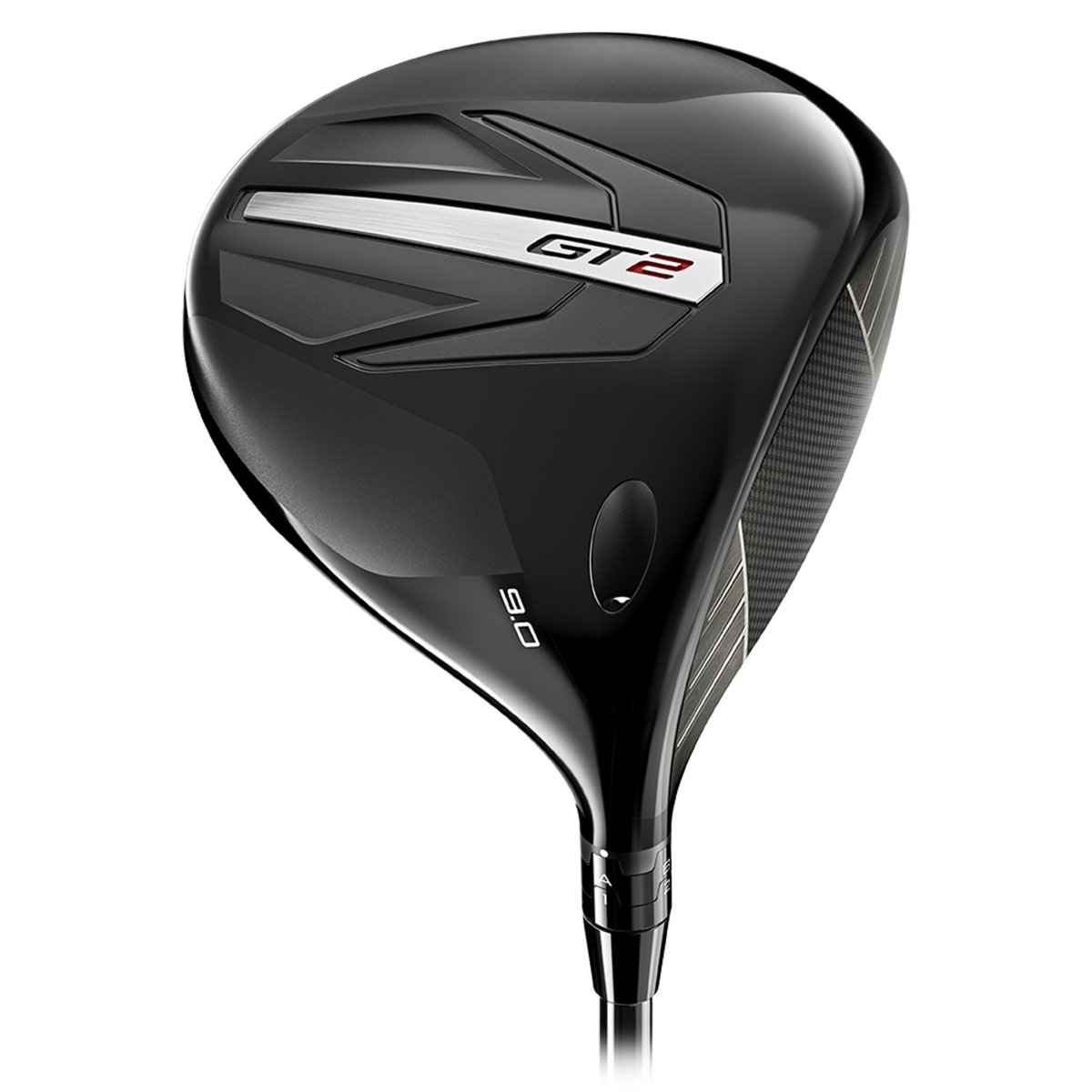
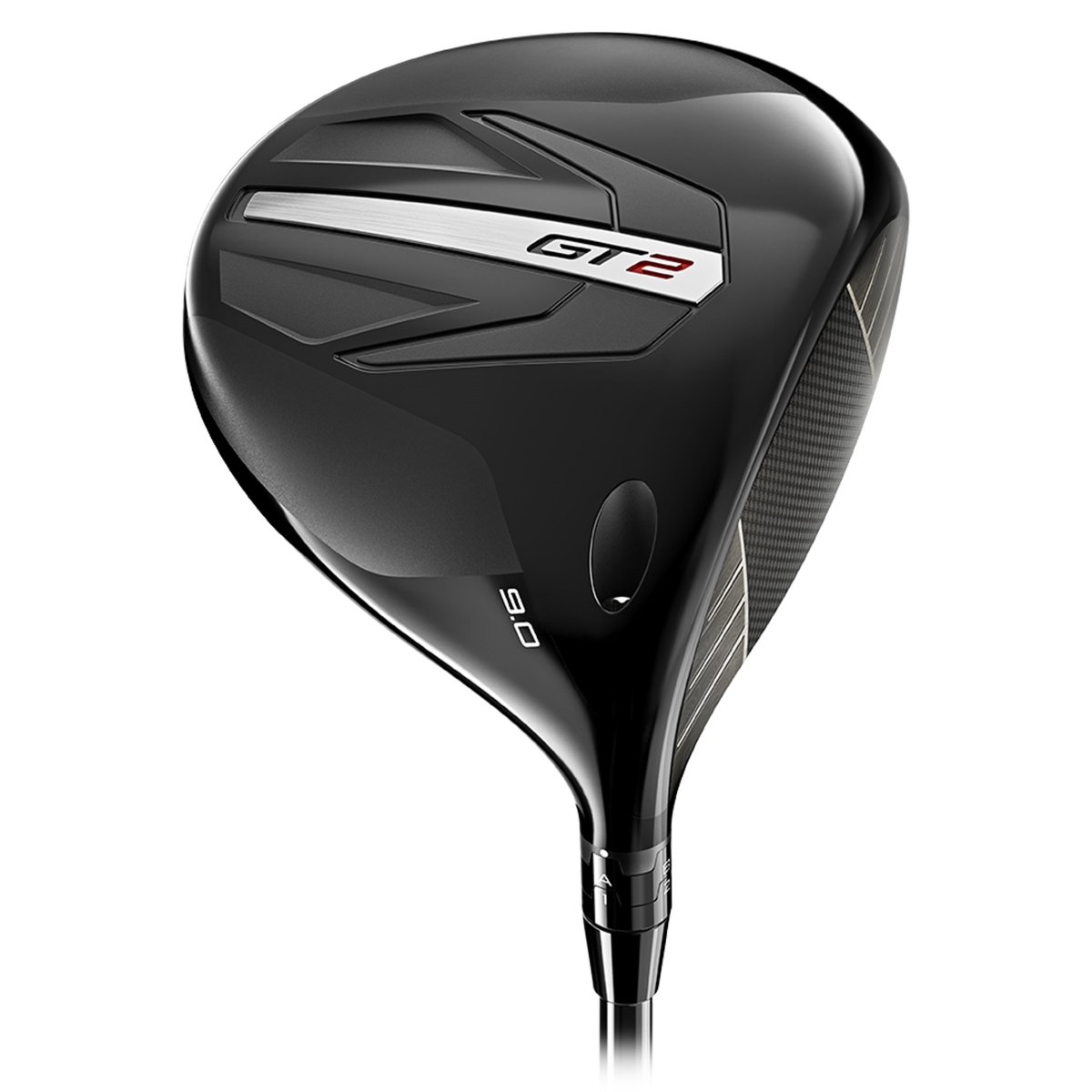
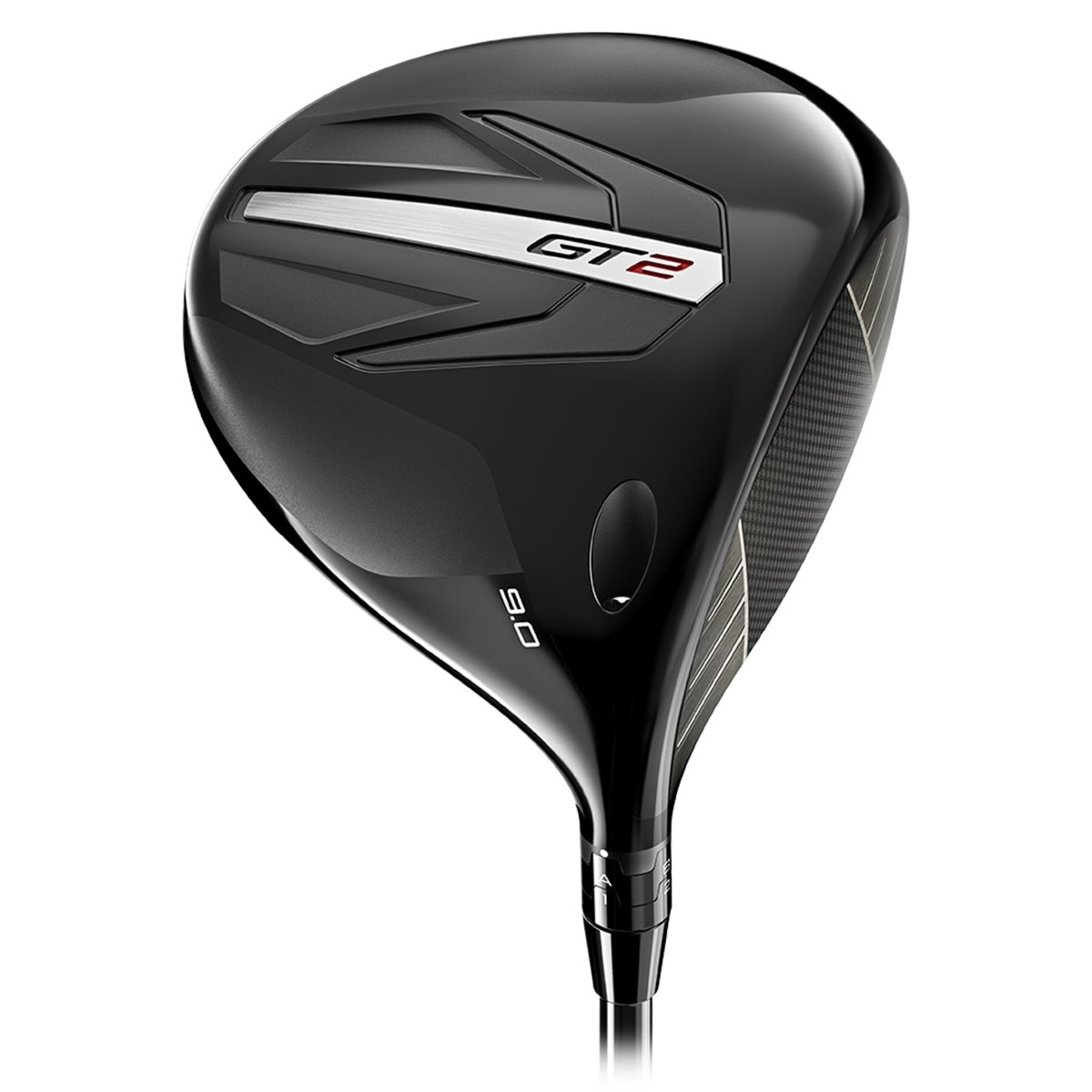
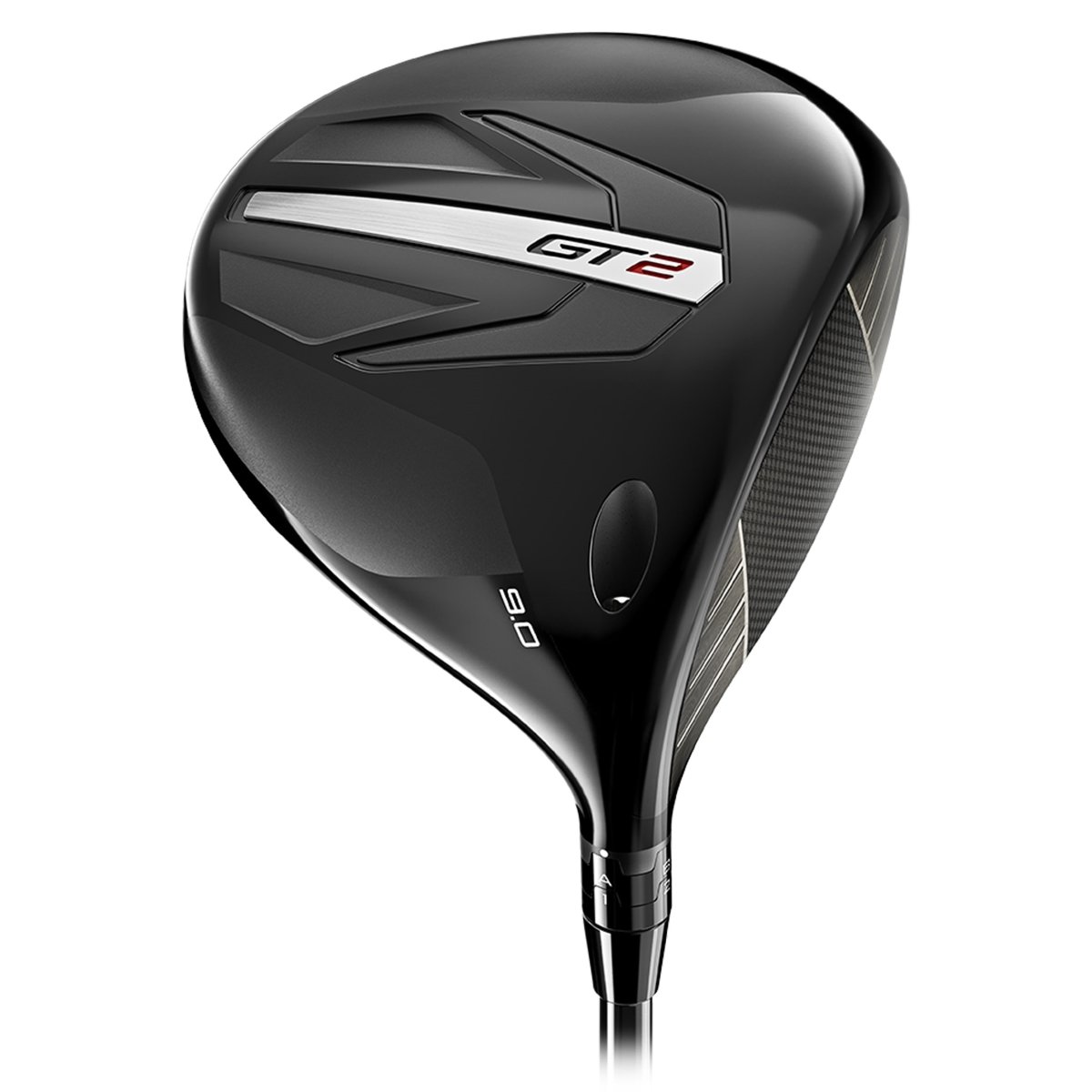
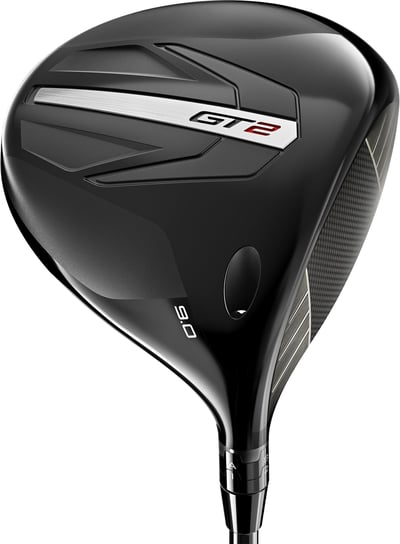
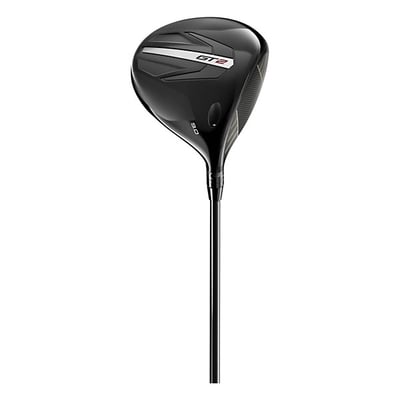
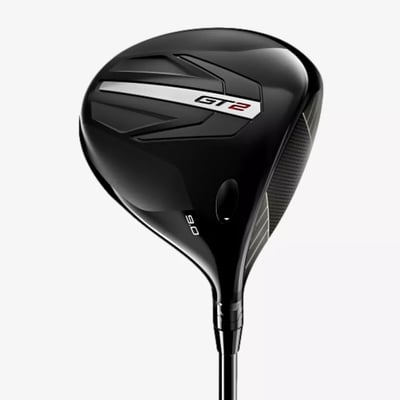
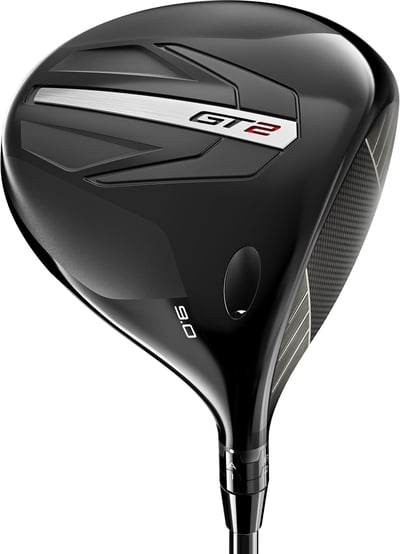
Technology Breakdown: What’s Inside the GT That Changes Your Game?
It’s one thing for a driver to look sleek and feel good in the hands—but it’s another for it to deliver real, measurable results on the course. The Titleist GT Driver isn’t just riding on aesthetics or brand legacy. It’s loaded with refined engineering that works behind the scenes to help you launch it longer, straighter, and more confidently. Here’s what’s really under the hood:
🔬 Multi-Material Construction
Titleist has long embraced advanced materials in their driver designs, and the GT series takes this to a new level. By combining ultra-lightweight carbon with titanium and strategic internal weighting, the GT achieves something rare: fast swing speed without sacrificing stability. This is especially evident in the GT2 model, where the rear-weighted design offers one of the highest MOIs (Moment of Inertia) in any Titleist driver to date.
🎯 Optimized CG Placement
One of the biggest changes from the TSR to the GT is the repositioning of the center of gravity (CG). Whether you need a low-spin missile (like in the GT3 or GT4) or high launch and forgiveness (GT2), the GT series offers dynamic CG locations that cater to real swing flaws—not just theoretical ones.
- Forward CG for faster ball speeds and low spin (GT4)
- Rearward CG for maximum forgiveness (GT2)
- Mid-CG for all-around performance (GT3)
You can feel the difference. Miss-hit a shot high or off the toe, and the GT still holds its line better than most competitors. That’s not just luck—it’s science.
⚙️ SureFit Hosel & Adjustable Weighting
Titleist’s SureFit Hosel returns in the GT lineup, offering 16 loft and lie settings to perfectly tune your launch. This hosel system is a favorite among fitters because it allows you to dial in the ball flight without compromising face angle or feel.
Even better? Some GT models come with adjustable rear or perimeter weights. This gives you another layer of control—fade bias, draw bias, or neutral—depending on your miss tendencies.
📘 Learn more about SureFit tuning from the official Titleist SureFit Guide.
💨 Aerodynamic Head Shape
One of the most underrated upgrades in the GT line is the reshaped crown and toe section. The slightly flatter crown and smoother transitions reduce drag during the downswing—meaning you can swing faster without even trying. And yes, it’s legal.
For golfers with moderate to fast swing speeds, this translates directly into added distance off the tee—often 3–5 yards just from the aero improvements alone.
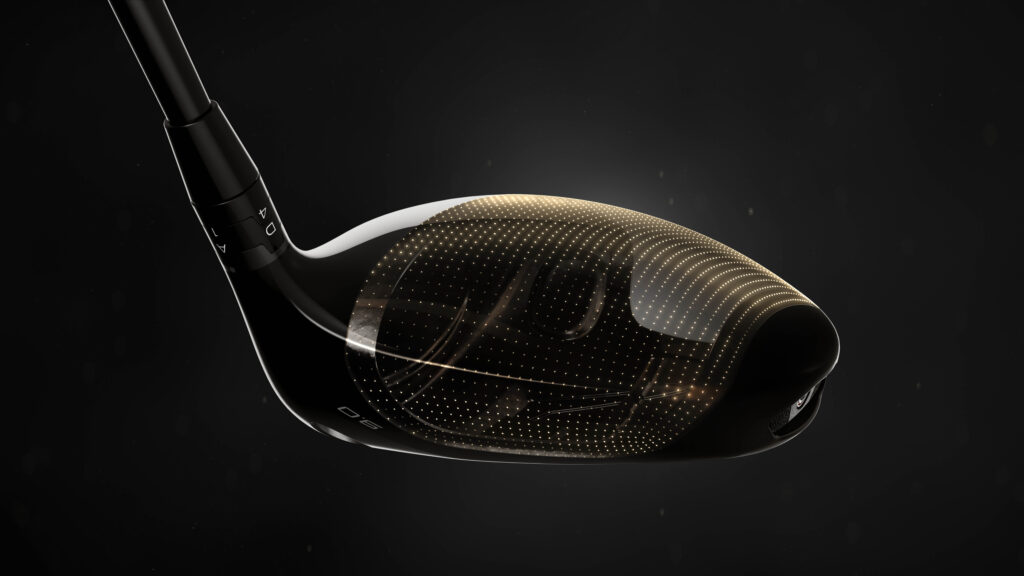
🧠 Variable Face Thickness (VFT)
The GT’s face isn’t just fast in the center—it’s fast everywhere. Titleist engineered a thinner, more responsive face with variable thickness to enhance forgiveness on off-center strikes. So even when you miss the sweet spot, you still get ball speeds that rival your best swings.
Combine this with improved acoustics and a dampened vibration profile, and you’ve got a driver that sounds and feels like it’s puring every shot—even when it’s not.
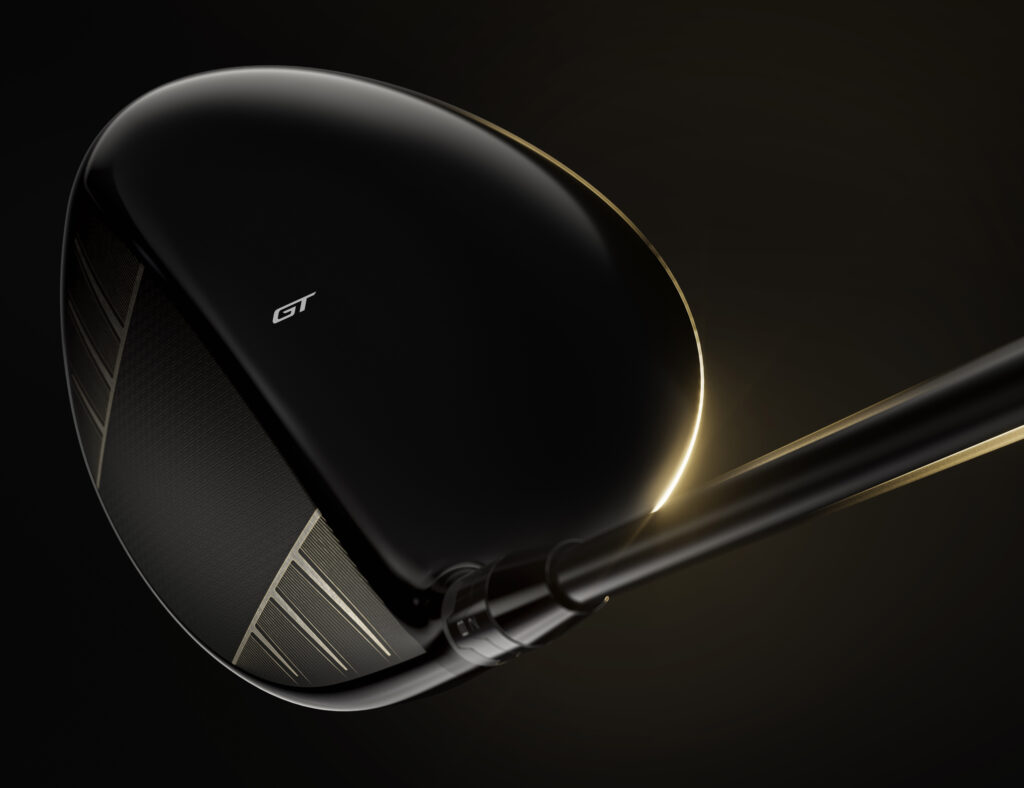
✅ Quick Tech Recap:
- Materials: Titanium + carbon = light + stable
- CG Options: Low, mid, or rear—tuned to your swing
- Adjustability: SureFit hosel + optional rear weighting
- Face Tech: VFT design with fast ball speeds across the face
- Aerodynamics: Smoother airflow = more clubhead speed
- Sound/Feel: Tight, explosive, confidence-inspiring
This is where the GT earns its stripes. It’s not trying to reinvent the wheel—it’s refining it with precision. You won’t find flashy carbon crowns or rotating rings here. What you’ll find instead is engineering that actually works. Smart, understated, and dialed in for real players.
🛠️ Want to take a deeper dive? Explore the Titleist GT Driver Tech Overview for full specs and design notes.
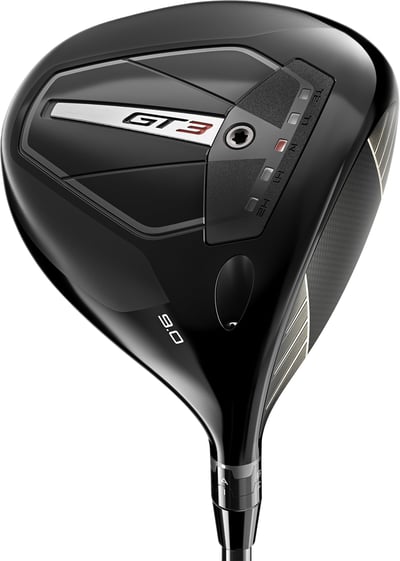
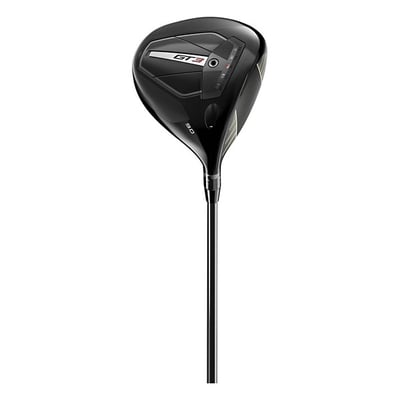

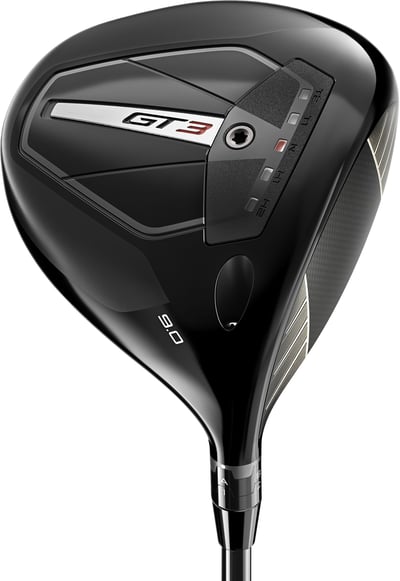
Finding Your Fit: GT Models & Which One’s Right for You
If you take only one thing away from this guide, let it be this: the right driver head is only “right” if it fits your swing. That’s where the Titleist GT Driver lineup shines — it’s not just one driver for every golfer, but a thoughtfully designed range built around individual swing profiles, shot shapes, and forgiveness needs.
Whether you swing aggressively from the inside, have a mid-speed tempo with a tendency to push right, or simply want max forgiveness on off-center hits — there’s a GT model tailored for you.
🧩 The GT Lineup at a Glance
| Model | Forgiveness | Spin | Launch | Shaping Bias | Best For |
|---|---|---|---|---|---|
| GT2 | ⭐⭐⭐⭐⭐ (Very High) | Low-Mid | High | Neutral | Mid to high handicappers who want max forgiveness and high launch |
| GT3 | ⭐⭐⭐⭐ (High) | Mid | Mid | Neutral to Fade | Better players seeking more workability and control |
| GT4 | ⭐⭐ (Lower) | Low | Low-Mid | Fade | Fast swingers and low handicaps chasing low spin bombs |
🎯 Find your match faster using the Titleist GT Driver Selector Tool on the official site. It’s free and gives surprisingly solid recommendations.
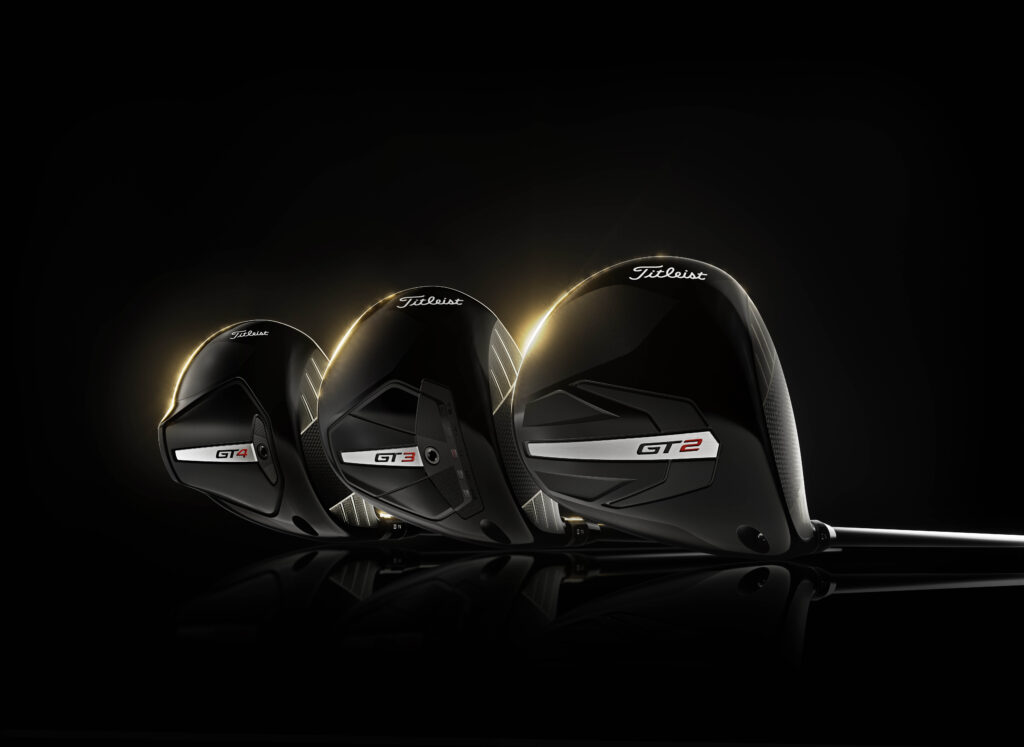
🧠 How to Choose the Right GT Driver
🔹 Start With Your Swing Speed
- < 90 mph: GT2 with a high-launch shaft will help boost carry distance.
- 90–100 mph: You have options—GT2 for forgiveness, GT3 for control.
- 100+ mph: GT3 or GT4 paired with a low-spin shaft = optimal total distance.
🔹 What’s Your Miss?
- Slice (left-to-right for RH golfers): GT2 or GT3 with slight draw-biased SureFit setting.
- Hook (right-to-left miss): GT3 with fade bias weight or hosel adjustment.
- Tendency to pop-up? Use a lower lofted GT3 or GT4 with mid-launch shaft.
🔹 Don’t Guess the Shaft
The shaft pairing is arguably more important than the head. A stiff shaft won’t fix a swing fault—but the right flex, weight, and launch profile can seriously improve consistency and feel. Titleist offers a wide range of stock and custom shafts from:
- Project X HZRDUS Smoke (low spin, low launch)
- Tensei Blue/White (mid or low profile)
- EvenFlow (smooth tempo)
- Graphite Design Tour AD series (premium option)
✅ Tip: Most golfers benefit from a professional fitting. Titleist runs free fitting days (“Titleist Thursdays”) at golf retailers and clubs around the world. Check upcoming events here: https://www.titleist.com/events
📸 Real Talk: My Own Fit Story
When I tested the GT3 vs. GT2, I thought I’d prefer the more forgiving GT2. But under launch monitor data, the GT3 gave me a tighter dispersion pattern and 4 extra yards of carry—with less spin and better sound at impact. A small difference? Maybe. But over 14 drives per round, it adds up.
💬 Final Fit Advice:
- Always test on a launch monitor (ideally outdoors)
- Bring your current gamer to compare apples to apples
- Test multiple shafts, not just different heads
- Get fitted in the same conditions you usually play in — not in wind-free, perfect environments unless that’s your typical game
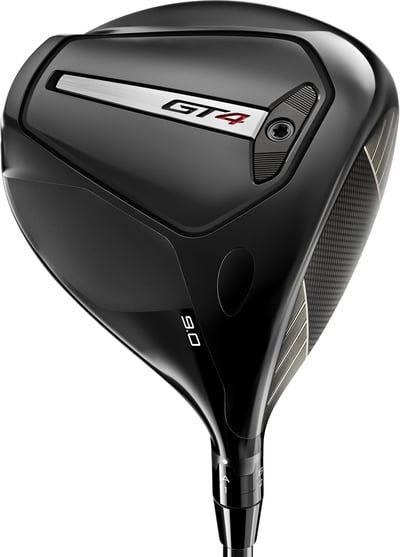
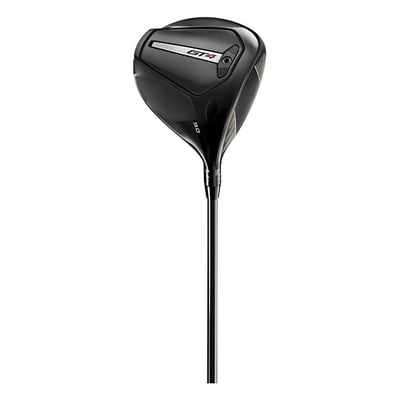
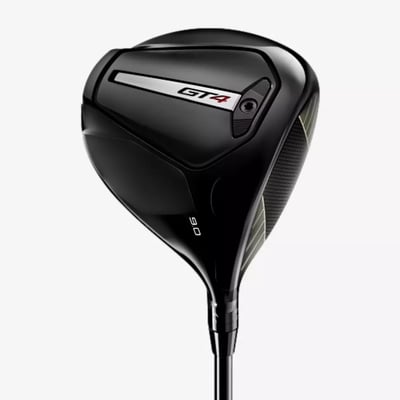
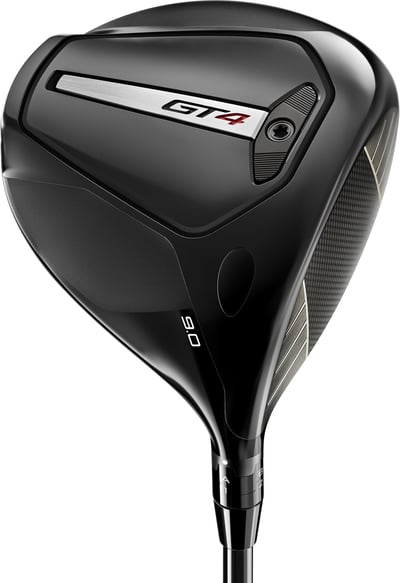
On the Tee: Setting Up for Success with the GT Driver
So, you’ve got the right GT model, the proper shaft, and you’re ready to let it fly. But here’s the thing: even the best driver in the world won’t save you if your setup isn’t dialed in. The Titleist GT Driver is built to give you maximum performance—but only if you pair it with smart fundamentals and settings that complement your swing.
Let’s break down the key adjustments and setup strategies to truly unlock what the GT can do from the tee box.
⛳️ Tee Height Matters (More Than You Think)
The GT driver face, especially in the GT2 and GT3, is deeper than many competitors. That means you’ll want to tee the ball slightly higher than usual—ideally with half the ball above the top edge of the clubface at address.
Why? A higher tee promotes an upward angle of attack, which:
- Increases launch angle
- Lowers spin
- Boosts total carry distance
🟢 Pro Tip: Try a 2¾” or 3¼” tee (like the Pride Professional Tee System) and experiment until you’re consistently making contact slightly above center.
📐 Ball Position = Power + Control
For most golfers, the ideal ball position with the GT driver is just inside the lead heel. This allows you to catch the ball on the upswing, maximizing energy transfer and launch.
But if you’re fighting a miss (like a hook or slice), here’s how to adjust:
- Slice Fix: Move the ball back slightly (1 ball width). Encourages more square clubface at impact.
- Hook Fix: Move the ball slightly forward to delay face rotation.
🎯 The GT3’s compact profile and neutral weighting respond noticeably to ball position—just a small tweak can drastically change your shot shape.
⚖️ Adjusting the GT’s Weight & Hosel Settings
All GT models come with Titleist’s SureFit Hosel, which allows independent adjustment of loft and lie angle. This is a powerful tool—not just a gimmick.
Here’s how to think about it:
- Higher Loft = More Carry & Forgiveness
- Lower Loft = Lower Spin & More Roll
- More Upright Lie = Helps fight a slice (draw bias)
- Flatter Lie = Helps reduce hooks (fade bias)
Use the SureFit Chart to find a combo that fits your shot shape and desired launch.
🧠 Reminder: The hosel adjustment doesn’t change the face angle. So you can tweak launch and shape bias without compromising address position.
Some GT models (like GT2 and GT3) also feature removable rear weights:
- Move weight back for higher launch and max forgiveness.
- Move weight forward for lower spin and a more penetrating flight.
- Heel or toe bias can subtly shape draw/fade tendencies.
🕒 Tempo + Timing = Total Control
The GT Driver is responsive—but it’s not “whippy” like some ultra-lightweight competitors. It rewards a smooth tempoand clean transition at the top.
- Don’t overswing. The aerodynamic shape does a lot of the work.
- Trust the head to stay square—no need to manipulate the face.
- Let the club drop into the slot and release naturally.
💬 I like to remind myself: “Swing smooth to swing fast.” Especially with the GT3, it feels like the driver returns to square without needing extra hand action. That leads to better launch windows and repeatable accuracy.
✅ Setup Recap Checklist
- Tee ball with half above the clubface
- Ball positioned just inside lead heel
- Test SureFit loft/lie combos to fine-tune launch
- Adjust rear weight if available for spin/shape control
- Focus on tempo and rhythm, not force
When you combine modern driver tech with a smart setup, magic happens. The GT Driver isn’t just forgiving—it’s precise. It rewards confident swings and punishes overthinking. Get your setup right, and you’ll start hitting tee shots that feel easy… and go further than ever.
Real Results: What Golfers Are Saying About the GT Driver
It’s one thing to read about clubhead geometry, CG positioning, and adjustable hosels. It’s another to feel the results in your hands—and see them play out on the course. Since its launch, the Titleist GT Driver has built a loyal following of golfers who aren’t just impressed—they’re genuinely surprised by how much this driver has changed their game.
Here’s what real players—from weekend warriors to competitive amateurs—are saying about how the GT performs when it really matters.
💬 “It Feels Like Cheating… But Legal.”
After switching from an older TSi3, one mid-handicap golfer summed it up perfectly:
“The GT3 just feels like a weapon. Misses don’t feel like misses, and when I catch it flush, it’s like the ball gets teleported down the fairway. It feels like cheating—but legal.”
He gained an average of 12 yards carry on well-struck drives and reported tighter dispersion by 20%—meaning fewer balls in the rough and more chances to score.
📊 Before vs. After: GT Driver Fitting Results
Here’s a quick look at some numbers gathered from amateur fittings (TrackMan + GC Quad data):
| Golfer | Previous Driver | Model Tested | Carry Distance Gain | Fairways Hit % Gain |
|---|---|---|---|---|
| 15 hcp | Callaway Epic Max | GT2 | +17 yards | +18% |
| 9 hcp | TaylorMade SIM2 | GT3 | +11 yards | +12% |
| 5 hcp | TSR3 | GT4 | +6 yards | +7% |
Yes, distance is sexy—but fairway percentage is where the GT really delivers. More confidence off the tee = better angles into greens = lower scores. Simple as that.
🧠 “I Didn’t Expect the GT2 to Feel This Good.”
A common theme among higher handicappers testing the GT2 is surprise. Many expect forgiveness—but they don’t expect feel. The GT2 maintains that sweet Titleist feedback even in a high-MOI head.
One tester said:
“I assumed a ‘forgiving’ driver would feel dull. But the GT2 gives me feedback, sounds great, and still launches high and straight. I’ve never had a driver that helped me AND looked this clean at address.”
🧱 “The GT3 Doesn’t Just Go Far. It Goes Straight.”
One of the things low handicappers love about the GT3 is that it doesn’t force them to overcorrect. It’s neutral by nature—letting you shape shots if you want to, but favoring straight flight if you just make a clean swing.
One single-digit handicapper reported:
“With my TSR3, I’d always be nervous about missing left. The GT3 just seems to hold its line. I’ve hit more fairways in the last month than I did all last season.”
🎯 Confidence Is Performance
Across all skill levels, the GT Driver is generating the same kind of buzz Titleist hasn’t seen since the TSi line. But it’s not hype—it’s results.
It’s the feeling of standing on a narrow par-4 and knowing the club in your hand isn’t fighting your swing.
It’s bombing a drive on 18 with water right… and walking confidently after it.
That kind of confidence? Priceless.
📷 Want to see more? Instagram and Reddit are full of GT driver success stories. Check out #TitleistGTDriver and Titleist’s official community forum for real player feedback.









Bonus Tips: Maintenance, Adjustability & Customization
You’ve got the right model. You’ve dialed in your settings. You’re striping fairways with the Titleist GT Driver. Now let’s talk about how to protect your investment, fine-tune performance over time, and add a touch of personal flair while you’re at it.
Because trust me—like any finely tuned piece of equipment, your GT driver deserves more than just a spot in your bag. It needs attention, adjustment, and a bit of style.
🧼 Keep It Clean: Face & Sole Maintenance
Dirty grooves don’t just look bad—they affect spin and contact quality. After every round (especially on wet or sandy courses), take a minute to:
- Wipe down the clubface with a damp towel to remove debris.
- Clean the soleplate and weight ports—especially if you’ve played in soft ground or bunkers.
- Avoid using wire brushes on carbon or titanium — use a soft-bristle brush or microfiber towel.
🧽 Pro Tip: Keep a bottle of club cleaner (like Club Doctor) and a towel in your trunk or bag. Clean gear = consistent ballflight.
🔧 Adjust Your GT Over Time — Don’t “Set It and Forget It”
One of the most underutilized features of the GT driver is adjustability. Just because you were fit for a certain setup doesn’t mean you can’t tweak it based on:
- Seasonal conditions (e.g., soften loft for winter carry or lower it for summer roll)
- Swing changes (e.g., if you’ve taken lessons and reduced your slice)
- Course layout (e.g., set for fade bias on dogleg-left tracks)
You can adjust:
- SureFit Hosel (16 combinations of loft & lie)
- CG Weights (on GT2/GT3 models) — move weight forward or back for launch/spin control
📘 Use the SureFit Guide to explore all combinations.
🟢 Pro Tip: Mark your original settings with a dot of nail polish or sticker — makes it easy to return to your “baseline.”
🛡️ Protect the Crown: Use That Headcover (Seriously)
The GT crown is sleek and modern—but it’s also prone to scuffs if you’re careless. Always use your headcover when walking or riding. Bag chatter, sand, and cart clinks can all leave permanent marks.
If you want to step up your style game, there are also tons of custom GT-sized covers out there. A few to check out:
🧪 Try a Custom Shaft Down the Line
The GT’s stock shaft options are excellent—but if you’re getting serious about maximizing launch conditions, you may want to explore aftermarket options like:
- Graphite Design Tour AD DI – Smooth feel, mid-high launch
- Mitsubishi Tensei 1K – Tour-level stability, lower spin
- Ventus Blue or Black (with VeloCore) – Exceptional control and feel
Even a small shaft change can impact:
- Launch height
- Spin rate
- Swing tempo matching
💬 “I swapped my stock Tensei Blue for a Ventus TR and gained 300 RPM less spin and 5 yards more carry. Didn’t think I’d notice, but I did—big time.”
👉 Check shaft reviews at TXG Tour Experience Golf for pro-level testing insights.
🧼 Grip It and Don’t Rip It (Too Long)
Grips wear down faster than most players realize. If you’re playing weekly, you should regrip at least once a season, and clean your grip every few rounds with mild soap and water to restore tackiness.
Want a fresh feel? Try:
- Golf Pride Tour Velvet 360 (clean & classic)
- Lamkin Crossline (firmer, textured)
- SuperStroke S-Tech (soft & responsive)
💡 Don’t wait until it’s slick and shiny — slippery grips cost strokes and confidence.
✅ Quick Maintenance & Customization Checklist:
- Clean face and sole after every round
- Recheck SureFit settings every 2–3 months
- Regrip once per season (or sooner)
- Store driver in a dry place—not in the trunk during heat waves
- Upgrade your headcover (because style counts)
- Consider shaft upgrades after 20+ rounds if feel changes
Your GT driver isn’t just a tool—it’s an extension of your swing. Treat it right, and it will reward you with seasons of consistent performance. Ignore it, and you’ll find yourself losing yards—and confidence—without even realizing why.
Should You Upgrade? Who the GT Driver Is (and Isn’t) For
Every golfer hits a point where they ask themselves: “Do I really need a new driver?” It’s a fair question—especially when drivers now cost north of $500. The Titleist GT Driver lineup isn’t just a flashy new release; it’s a serious tool built for performance. But is it the right upgrade for you?
Let’s walk through who should absolutely consider putting the GT in the bag—and who might be better off sticking with their current gamer (for now).
✅ The GT Driver Is for You If…
1. You’re Still Gaming a Driver That’s 3+ Years Old
If you’re still swinging a TSi or anything older (say, TS or even 917), you’re almost certainly leaving ball speed, forgiveness, and custom fitting potential on the table. The GT series brings better aerodynamics, refined CG placement, and a more adjustable face angle system—all translating to real performance gains.
Bottom line: If your driver predates the TSR era, you’ll likely gain distance, accuracy, and confidence instantly.
2. You’re Looking to Tighten Dispersion, Not Just Add Yards
One of the most consistent pieces of feedback about the GT line—especially the GT3—is its ability to hold a line. If your current driver feels unpredictable or “hot one shot, wild the next,” the GT could be your new best friend.
“My off-center hits don’t feel punished anymore. That’s 100% worth it.” – 10 HCP tester
3. You Want More Adjustability Without a Gimmick
SureFit hosel + optional rear weights = serious customization power. You can go from fade to draw bias, mid to high launch, or soft to aggressive feel without compromising looks or forgiveness. That’s rare.
🚫 The GT Might Not Be For You If…
1. You Just Got Fit for a TSR in 2023–24
If you recently invested in a properly fit TSR2 or TSR3—and you’re happy with your launch, spin, and shot shape—you probably don’t need to rush to upgrade. The differences between TSR and GT are refinements, not overhauls.
Still curious? Book a Titleist Thursday or demo day and compare them side-by-side. You might be surprised… or reaffirm your current setup.
2. You’re Still Working on Big Swing Changes
If you’re in the middle of a major swing overhaul, hold off on buying new gear. Focus on consistency first. Once your path, speed, and release patterns settle in, that’s when a new driver (like the GT) can be properly fit and optimized.
🎯 Remember: A new driver doesn’t fix swing faults—it complements a swing that’s ready to be fine-tuned.
3. You’re a Brand Loyalist Elsewhere
Let’s be honest—some players are all-in on Callaway, TaylorMade, PXG, etc. And that’s okay. But if you’re not open to Titleist’s shaping, acoustics, or traditional look, you might not vibe with the GT lineup. It’s built for purists, not show-offs.
🧪 Curious But Not Ready to Commit?
Here’s what you can do:
- ✅ Attend a Titleist Fitting Event
- ✅ Schedule a 30-minute launch monitor test at your local golf retailer
- ✅ Try one round with a rental/demo GT at a pro shop or club fitter
Even one well-struck drive with the right GT head and shaft can be enough to convince you.
⚖️ So… Is It Worth the Upgrade?
If you’re looking for:
- Better energy transfer
- More fairways hit
- Less spin and more control
- A clean, confident look at address
- Real adjustability without clutter
…then the GT is 100% worth the upgrade.
But like any great tool, its true magic only shows when it’s paired with the right player and a smart fitting. Don’t buy blind—test, tweak, and trust the numbers.




Conclusion: Unleash Your Full Potential with the GT
When it comes to modern drivers, almost every brand makes big promises—longer, straighter, faster. But few clubs actually earn a permanent spot in the bag. The Titleist GT Driver is different. It’s not a marketing gimmick. It’s not just another seasonal release. It’s the culmination of years of player feedback, Tour-level engineering, and real-world testing—built for golfers who are serious about getting better.
What makes the GT lineup special isn’t just the tech (though it’s impressive). It’s the confidence you feel when you step up to the tee box knowing your driver was designed to work with your swing—not against it.
From the clean address look and explosive feel at impact to the customizable fit and forgiveness across the face, the GT gives you the tools to swing more freely, hit more fairways, and ultimately enjoy the game more.
Whether you’re:
- Just stepping up from your first game-improvement driver
- Trying to shave those last couple strokes off your handicap
- Or chasing every possible yard and advantage on the course…
The GT can deliver—if you’re ready to put in the reps.
⛳ Final Thought:
“The best driver isn’t the one with the flashiest marketing… it’s the one you trust when there’s OB left and wind right.”
If that sounds like something you’re looking for, then it might be time to book a fitting, hit a demo day, or simply walk into your local pro shop and test the Titleist GT for yourself.
🔗 Explore the full Titleist GT driver range here:
https://www.titleist.com/golf-clubs/drivers
📣 Over to You:
Have you tested the GT yet? Do you have a before-and-after story worth sharing?
📸 Tag us in your best GT drives at @TopGolfEquipmentOfficial and use the hashtag #GTDriveConfidence. We might just feature your swing in our next post.

